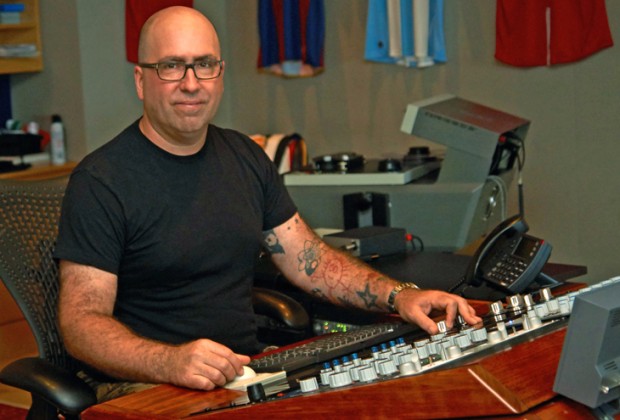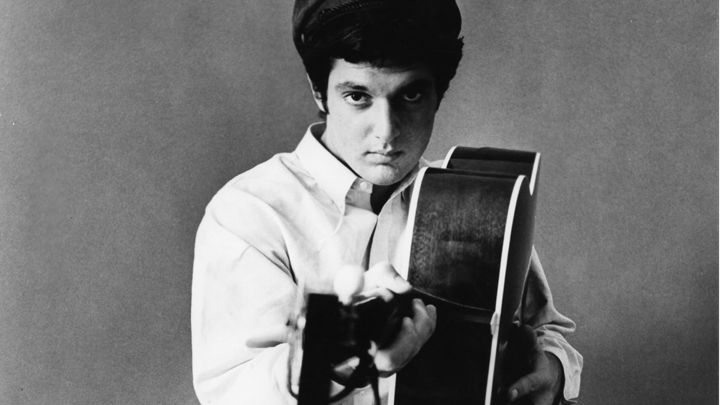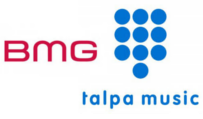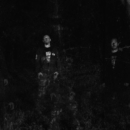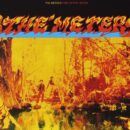Mastering engineer Chris Gehringer got his start doing live sound before formalizing his education. He studied at The Institute of Audio Research and landed a mastering gig with New Jersey’s Trutone Records, where he discovered his love of sound. He was later instrumental in founding Hit Factory Mastering and now makes his home at New York’s Sterling Sound. Past clients include twenty one pilots, Madonna and Nick Jonas.
Among the most vexing problems he finds in mastering today is loudness levels. “You get pushed into it,” he explains. “It started when I was cutting 12-inch singles. The louder it sounded in the club or on the radio, the better people thought it was. But there’s a limit to loudness. People do demos now where the mix is loud so the master has to be loud. Dynamic range has so much more character and feeling. People react to it in a different way than they do the loudness.”
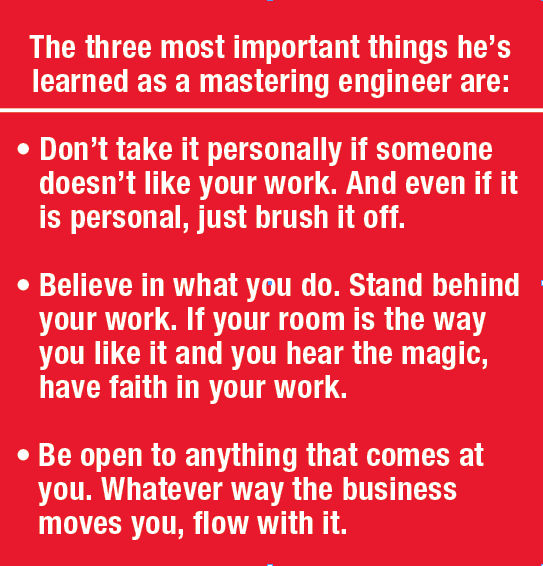 Mastering can be costly, particularly when artists arrive at sessions before having made basic choices and decisions. But there are ways to minimize costs. “Be sure of your mixes,” Gehringer advises. “Don’t go into mastering saying, ‘I think this is what I want to do.’ Find an engineer whose work you like and want to get that sound. Clients trust me to know what I do. The ones that come back to me get what I do. Find someone who fits your music’s personality and your vibe.”
Mastering can be costly, particularly when artists arrive at sessions before having made basic choices and decisions. But there are ways to minimize costs. “Be sure of your mixes,” Gehringer advises. “Don’t go into mastering saying, ‘I think this is what I want to do.’ Find an engineer whose work you like and want to get that sound. Clients trust me to know what I do. The ones that come back to me get what I do. Find someone who fits your music’s personality and your vibe.”
Before a mastering engineer gets his or her hands on a project, it’s been seen to by a mix engineer. Maintaining the mixer’s vision and goals is important to Gehringer. “Always respect what you’re given,” he asserts. “I listen to the mix that I’m handed and ask myself, ‘Can I make it better? Is there something that I think is lacking?’ But be open to the sound that [the mix engineer] was after and build from there.”
Like many in related fields, Gehringer finds that one of his biggest challenges isn’t technical. It’s interpersonal. “You have to know how to deal with clients, how to read people, how to interact with artists,” he observes. “We’re the smallest part of the record-making process, mixers being the quarterback. It’s my job to hand artists their baby at the end.
“There’s a lot of stuff that’s a bigger part of the process now,” he continues. “An artist like Rihanna might have 13 mixers and producers. I have to put all that together and make it sound like a cohesive piece.”
With respect to vinyl, he says not all mastering engineers truly understand its intricacies and demands. It’s almost an art form. “You have to be in a room with a lathe,” he says. “Listen to the playback while you’re cutting it. There’s no way to judge what will happen. Hear the cutter head. You have to experience mastering vinyl in order to know what it’s about.”
He advises rising engineers to love all music genres and be open to everything that comes their way. Including criticisms, which also have value. “Listen to the music and absorb what the mixer has given you,” he says.
Currently Gehringer is working with CeeLo Green, Mike Posner and Columbia Records’ The Neighbourhood. He’s been nominated for a number of Grammys and had a hand in several records that have won in various categories. Sterling Sound has been his home for 16 years. It’s a mastering house readers will recognize from past Mastering Roundtables.
Contact Robert Robles / Sterling Sound

